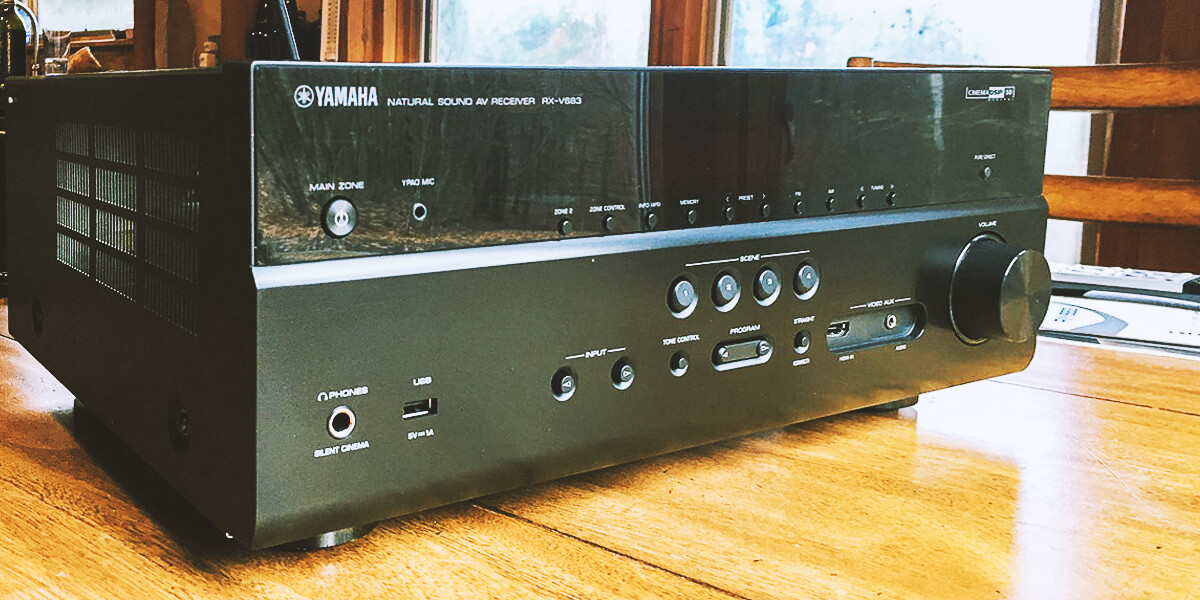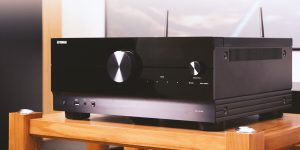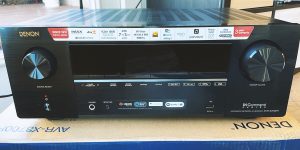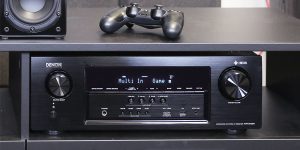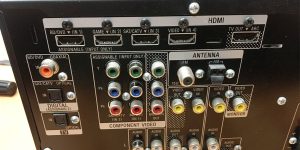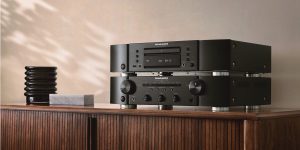In this article, I will answer in detail a popular question among newcomers to audio/video technology: does an AV receiver help improve video quality? So, you have been in AV receivers for a while, building some knowledge and experience, but you still need help understanding some specific features. That’s why I decided to write this article.
Before we start, you need to understand that the video processing capabilities of any AV receiver are generally limited and may not be as advanced as those of dedicated video processors or TVs. However, some models may have video upscaling capabilities that can improve the picture quality of, for example, DVDs. But, in the beginning, let’s define the key features like “upconversion” and “upscaling” and their main differences.
What is video upconversion?
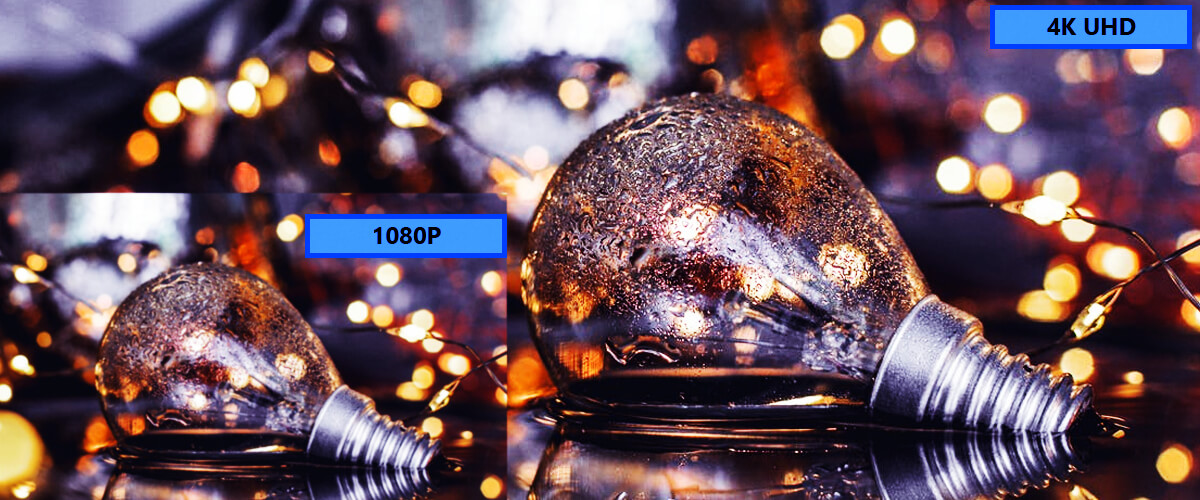
In simple terms, it improves a picture by converting a lower-resolution video signal into a high-resolution video signal. There are spatial and temporal upconversions.
Spatial upconversion involves increasing pixels in the video that help to adjust, for example, a 720p into 1080p. Temporal upconversion works a little differently – it increases the frame rate of the existing signal.
Nowadays, any decent AV receiver has the feature of upconverting video signals into high-definition, 4K, and 8K via analog and HDMI outputs. Upconversion aims to make the video signal compatible with a higher-resolution display and improve the video’s overall visual quality.
What is video upscaling?

The main idea of this feature remains the same as for upconversion – to make the picture on your screen better. To reach this goal, every receiver with upscaling function has unique algorithms in its software that helps to transform a lower-resolution video signal into a higher-resolution video signal.
Upscaling can improve a visual picture by adding some details and increasing the number of pixels, for example. In the end, if you are searching for a new unit, you’d better pay attention to AV receivers with 4K upscaling. These models provide you with more visual opportunities.
What is the difference between upconversion and upscaling?
Basically, I would say that the main difference between upconversion and upscaling is the processes that involve these features. Upconversion converts composite video into an HDMI video signal without increasing the resolution or quality of the original video source. Upscaling converts one set of values to another set of values and maximizes the video resolution to the one that fits your TV the most. Both elements are highly used in modern AVRs, so you don’t have to choose between these options, but try them and find out what you like the most.
For example, I’d recommend using upconversion for the old videos shot before the HD era because they don’t look like they were colored with a brush. And I prefer to use upscaling for the movies released after 2006 (when Blu-rays finally saw the world).
Conclusion
You can have an AVR with upconversion and upscaling features, but if a movie you want to watch was shot with low-resolution quality, neither would save the original picture. Although a receiver with built-in upconversion and upscaling features may improve picture quality, you may not even notice it.
We should remember the quality of the source material and the abilities of your TV, projector, or screen because they still impact the overall picture. An AV receiver can enhance your home theater experience, but primarily, it’s designed to improve sound quality, not picture quality.
